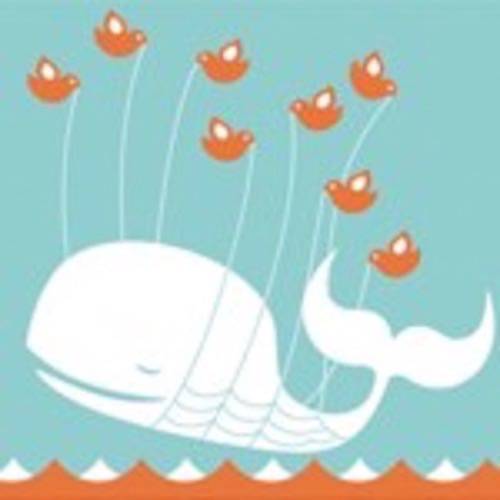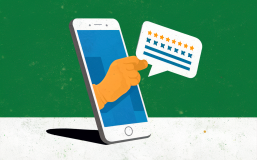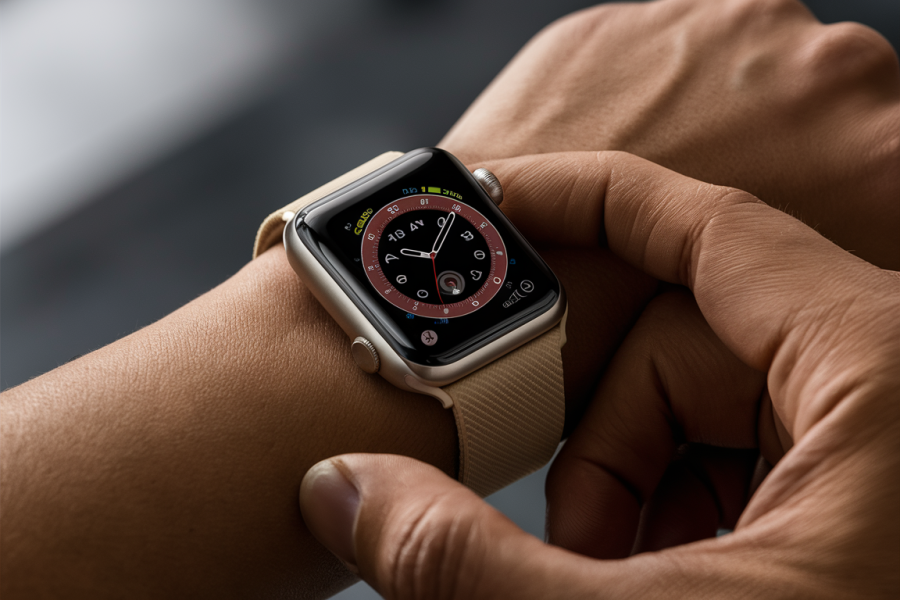Twitter is far and away my favorite social network, but it does have its downsides. The 140 character limit? Nope, I actually enjoy the challenge of crafting meaningful messages in limited space. The problems come in when you have users who don’t quite understand the way Twitter is supposed to work, or when people or companies abuse the service.

You might balk at the idea that Twitter is “supposed” to work in any particular way. While Twitter doesn’t have a written set of social guidelines (excepting its Terms of Service, of course), it does have a pretty well established set of unwritten guidelines that users should observe. Here’s a few things you might want to consider when tweeting.
Don’t DM Me, I’ll DM You
One of the most common mistakes I see on Twitter is people asking a question of the Twitterverse in general, and then saying “DM me with your answer.” You can only DM someone if they follow you, so this is usually wasted effort. It also makes the person look silly, since they clearly don’t understand how the medium they’re using works.
A similar, more offensive, practice is DM’ing a user that follows you when you don’t follow them. If you’re going to initiate a “private” conversation, have the courtesy to allow the other person to participate.
Thank You for Following Me
Here’s a way to ensure that someone will immediately unfollow you: Send an automated direct message saying “thanks for following me, I look forward to your tweets!” It’s not necessary, or desirable, to send a DM to every person who follows you.
It’s also unnecessary to thank people for RT’ing you. I know, it seems like it might be a polite thing to do. But really, Twitter would be an excessively noisy place if everybody thanked everybody each time they RT something. (OK, Twitter might be an excessively noisy place as it is, but don’t make it worse.)
Twitter Spam or Spammishness
As Supreme Court Justice Potter Stewart said of obscenity in Jacobellis v. Ohio, I know spam when I see it. It should go without saying that actual spam is bad.
But other behaviors are just as likely to be perceived as spam. The most recent example, David Seaman had his account briefly suspended by Twitter presumably because of the number of tweets containing the same hashtags in a short period of time because of duplicate content to non-followers from a new account. (Updated based on comment below.)
Far too many people and organizations treat Twitter as a broadcast-only medium, never engaging with other users. This is a mistake. If you’re using Twitter for a personal account, you should take the opportunity to actually communicate with followers, read other people’s tweets, and re-share interesting things.
If you’re someone like Seaman, folks might follow you exclusively to get your thoughts on an issue. But, as a rule, there’s a limit to how many tweets on the same topic folks want to see. If you’re flooding people’s streams – even for a good cause – you’re probably going to lose followers. And you really don’t want to be @replying a bunch of people who don’t follow you in a spammish fashion. (It’s OK to @reply someone to get their attention in a friendly fashion, of course. Just don’t be spammy about it.)
Shilling for Services
Let’s be perfectly clear: Nobody cares who you gave +K on Klout, except (maybe) that person. Most people don’t want to see all your Foursquare checkins, or everything you’ve found on ifttt, either. Letting services spam your stream with promotional garbage is a good way to lose followers.
It’s not particularly effective for the organization encouraging the shill, either. It demonstrates that the business is desperate enough for promotion that they’re willing to spam people. If people really love a service, they’ll talk it up. It shouldn’t be a built-in part of a service. Note that I’m not talking about things like the Twitter button that lets people share articles, I’m talking about services that spam Twitter when you do something like give +K or “check in” to a location.
Contest Spam
This is similar to shilling, but worth a separate mention. You might desperately, desperately want to win that iPad or an early invite to a service – but using your Twitter account to spam for services is a good way to tick off your followers.
If you’re with an organization that’s thinking of using Twitter this way, don’t. Tweeting about a contest from the official account is one thing, but encouraging others to spam their followers is a no-no. It’s a fine line, but crossing it will damage your brand with a lot of folks on Twitter.
Broadcast Only
Far too many people and organizations treat Twitter as a broadcast-only medium, never engaging with other users. This is a mistake. If you’re using Twitter for a personal account, you should take the opportunity to actually communicate with followers, read other people’s tweets, and re-share interesting things.
The same is true for organizations. Someone should be responsible for an organization’s Twitter account, and take the initiative to respond to questions and even post things that aren’t strictly official communications. If you’re managing Acme Corporation’s account, you might think about tweeting articles that are interesting to your industry and not just promotional for Acme. When users say something about @acmecorp, try to respond.
One great example of this is Woodchuck Cider. Mention drinking a Woodchuck on Twitter, and it’s quite likely that you’ll get a response in short order. It’s a cheap, but effective, way to inspire customer loyalty.
#Hash #Attack
Hashtags on Twitter are used to help people find topics even when they’re not following you. So, for example, if you’re at a conference like SCALE 10x, you might add #scale10x to a Tweet to help other folks at the conference find your tweets about the conference. This is a perfectly cromulent use of the hashtag.
Then you get folks who send out tweets with just about every possible keyword hash-tagged. Don’t do this. It’s visual spam. It’s also silly to use a hashtag for extremely generic terms (like #resume, for example). Use hashtags, but sparingly.
Did I Say That Out Loud?
If you make extensive use of direct messages, I strongly recommend that you use a Twitter client that makes it easy to send DMs. If you’re sending anything that might be a bit touchy don’t use the d username feature to send DMs.
Shorten Those URLs, Please
If you’re going to post a link to something, make sure to use a URL shortener if you’re not using a Twitter client that does it for you. It makes it much easier for people to RT you if they want to add something.
OMG UR Using TXTSpeak LOLZ
It’s never acceptable to shorten “you” to “U,” “for” to “4,” or “be” to “b” in a medium where you want to be taken seriously. I don’t care if it’s only 140 characters, you’ll immediately drop your perceived IQ by about 40 points to a huge chunk of your audience. Think for a second whether you want potential employers or clients skimming your old tweets and finding a slew of messages that make you look like an excitable 12-year-old.
Some abbreviation is acceptable. Ask yourself if you’d abbreviate a word in a casual communication with a co-worker. If the answer is “no,” then don’t use it on Twitter either. It’s OK to use “corp.” instead of “corporation” if you need to slide in under 140.
Naturally, Prince gets a pass on this one. But he’s the only one.
Protected Accounts
“Protecting” your tweets so that you have to approve followers is not a mistake per se, but it’s a hindrance. Think about why you’re on Twitter. If it’s for purely social reasons to communicate with a few friends, then a protected account might be the way to go. I know folks who have a public and a private Twitter account and use the protected account to blow off steam. That’s fine, though I’d caution extreme care in using Twitter to broadcast anything you don’t want your boss to see. It just takes one slip, or one glitch on Twitter’s part, and you might be having a very unpleasant conversation with your boss and HR.
But if you’re hoping to attract followers, the “protected” thing is not helpful. I won’t send requests to follow protected accounts unless I know the person, since I have no way of seeing what it is they tweet.
Twitter is a Conversation
When in doubt, imagine Twitter as a very large professional gathering. You’re communicating with a diverse group of people, some intentionally, some not so much. When you’re telling a story at a party, for instance, you never know who might overhear. If you’re professional, personable and funny this can be a good thing. It can go the other way, too.
Just like a professional gathering, there are no hard and fast rules. What might be appropriate for one industry may not be appropriate for another. In general, I’d caution against tweeting things that are Not Safe For Work (NSFW), but it may be acceptable depending on what it is you do for a living. The guidelines here are what I’ve observed in using and talking with other Twitter users since I started using the service in 2007. Have some do’s and don’ts of your own? I’d love to hear your thoughts in the comments or on Twitter.










